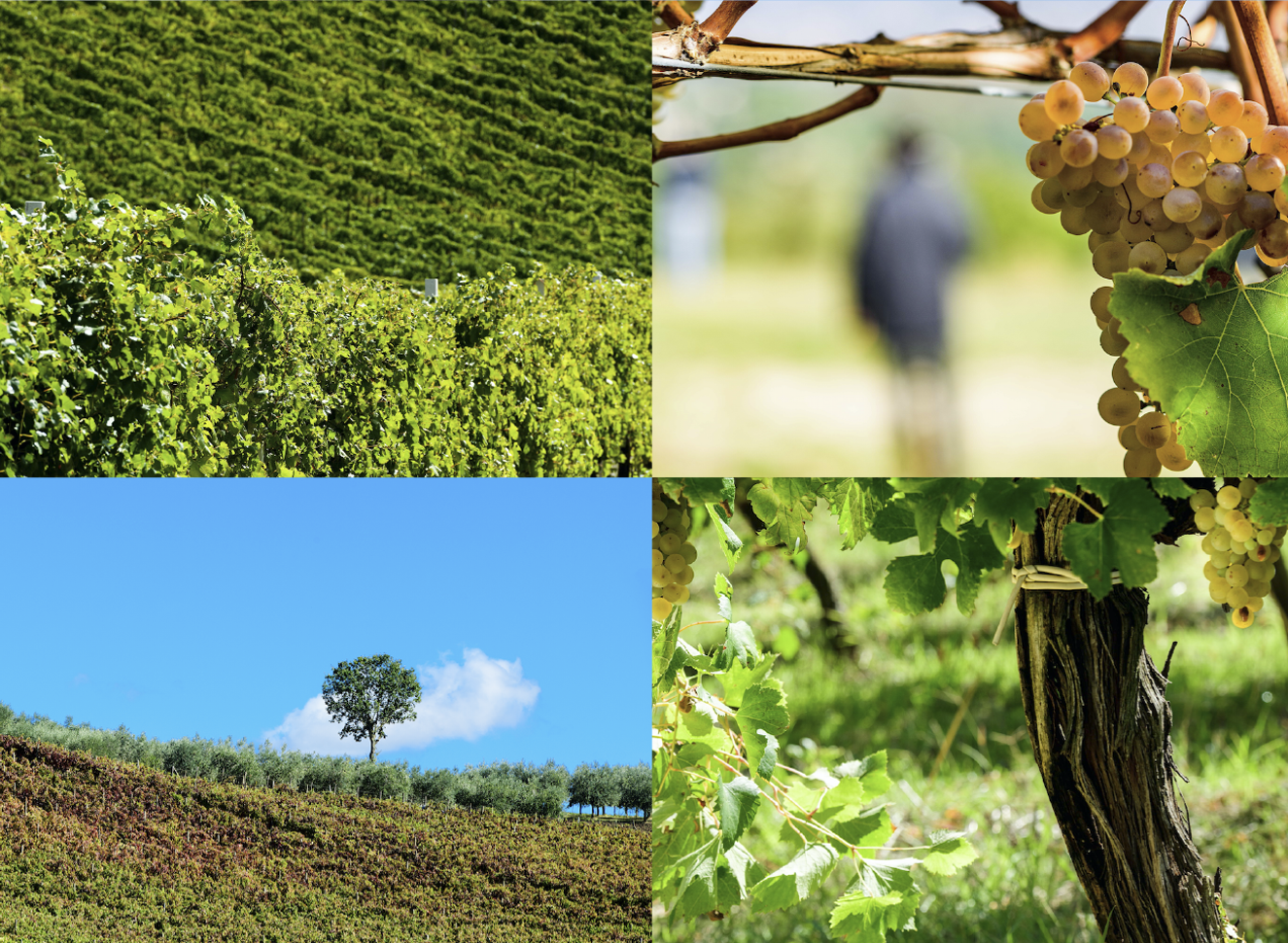According to other sources its origins date back to the forced migration imposed by the Romans on the Apuan Ligurians after the defeat suffered by the latter in the Second Punic War. The name may derive from the Apuans, or from the term “uve apiane”, from Vitis Apicia, to indicate the agricultural area “Apia”, today named Lapio. Some people believe that the word “Apiano” derives from Api, that in Italian means “bees” and this is related to the fact that bees attack grapes. From here, over time, it became Apiana, then Afiana, and finally Fiano. Regardless of its origins, almost certainly, its cultivation was given a major boost starting from the “Romanization” of Southern Italy following the Second Punic War. Fiano di Avellino was appreciated by Frederick II of Swabia and Charles of Anjou. Like other wines produced in Irpinia, it had its exploit in the 1800s and, thanks to the Royal School of Viticulture and Oenology of Avellino, in order to align its quality to the market demand, at the end of the century it developed its own winemaking process.
IRPINIA
GRAPE VARITIES
FIANO DI AVELLINO

THE HISTORY
Fiano di Avellino is a white grape variety that has very ancient origin. It was probably introduced in Italy by the Greeks, around the 7th century BC.
According to other sources its origins date back to the forced migration imposed by the Romans on the Apuan Ligurians after the defeat suffered by the latter in the Second Punic War. The name may derive from the Apuans, or from the term “uve apiane”, from Vitis Apicia, to indicate the agricultural area “Apia”, today named Lapio. Some people believe that the word “Apiano” derives from Api, that in Italian means “bees” and this is related to the fact that bees attack grapes. From here, over time, it became Apiana, then Afiana, and finally Fiano.
Regardless of its origins, almost certainly, its cultivation was given a major boost starting from the “Romanization” of Southern Italy following the Second Punic War.
Fiano di Avellino was appreciated by Frederick II of Swabia and Charles of Anjou.
Like other wines produced in Irpinia, it had its exploit in the 1800s and, thanks to the Royal School of Viticulture and Oenology of Avellino, in order to align its quality to the market demand, at the end of the century it developed its own winemaking process.
GRAPE VARIETY

Fiano is a white-fruited grape variety that has always been grown in Irpinia.
This grape variety adapts itself to different soil type. It is vigorous and fertile but has low yields.
The bud, with its expanded apex, is cottony, whitish, and slightly pinkish at the edge. The medium-sized trilobed or pentalobed leaves, are orbicular, with barely noticeable lobes and a glabrous lamina. The veins on the lower surface of the lamina are light green, while the veins on the upper surface are dark green.
Lateral teeth are poorly pronounced and irregular with convex and plane-convex margins and a broad base. The cluster may be small or medium-sized with a green pyramidal shape. The berry is medium-sized, with an ellipsoidal shape and, when fully ripe, it is yellow with amber shades in the part facing the sun.
The flesh is slightly crunchy with a delicate and sweet taste.
DOWNLOAD THE AMPELOGRAPHIC DATA SHEET OF THE NATIONAL REGISTRY OF WINE GRAPE VARIETIES, BY MIPAAF




